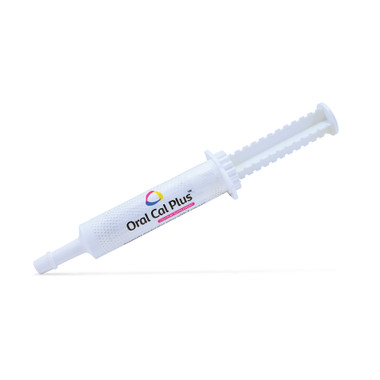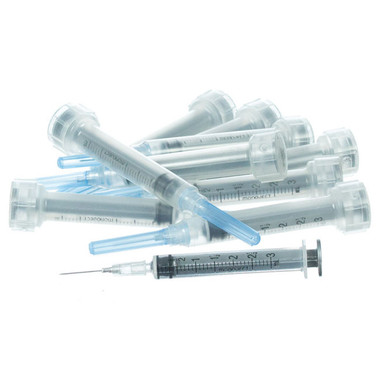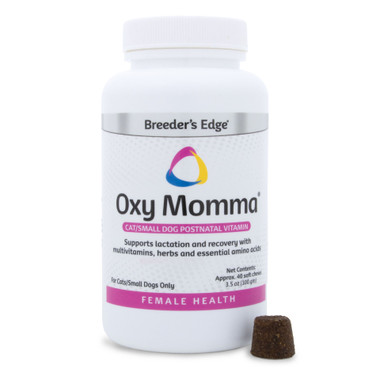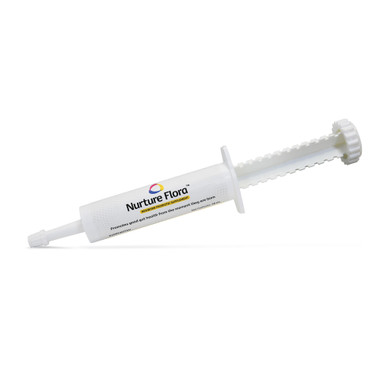Understanding Equine Insulin: Role, Management and Health Impact
Estimated 0 min read
Insulin plays a critical role in equine metabolism, regulating blood sugar levels and ensuring glucose is transported from the bloodstream into cells for energy production. Insulin dysfunction, however, can lead to serious health challenges in horses, including laminitis and Equine Metabolic Syndrome (EMS). Managing these conditions requires a comprehensive approach that often includes dietary changes, exercise and supplements like HEIRO. Understanding insulin regulation and implementing effective management strategies is essential for optimizing the health and well-being of horses, particularly those at risk for metabolic disorders.
The Role of Insulin in Horses
Insulin is a hormone produced by the pancreas that helps regulate blood sugar (glucose) levels. When a horse eats, carbohydrates from food are broken down into glucose and absorbed into the bloodstream. In response, the pancreas releases insulin, facilitating the movement of glucose into cells, where it is used for energy or stored for future use.
In healthy horses, insulin and glucose levels remain balanced. However, when insulin sensitivity decreases—a condition known as insulin resistance—blood glucose rises, and the pancreas produces more insulin to compensate. This can lead to elevated insulin levels (hyperinsulinemia), a major contributor to equine metabolic disorders.
Equine Insulin Dysregulation and Metabolic Syndrome
Insulin resistance is often a key component of Equine Metabolic Syndrome (EMS), a condition characterized by obesity, regional fat deposits and an increased risk of developing laminitis. Laminitis, a painful and often debilitating condition, affects the hooves and is frequently triggered by high insulin levels in horses with insulin resistance.
Symptoms like chronic sore feet, visible rotation on X-ray, inability to tolerate pasture, a cresty neck and foot soreness despite being on Cushing’s medications are common indicators of insulin dysregulation. Horses with a history of founder (laminitis) or those that stay overweight despite limited food intake are especially at risk.
Managing Insulin Resistance in Horses
The cornerstone of managing insulin resistance in horses involves diet, exercise, supplements and, in some cases, medication.
- Dietary Management: Horses with insulin resistance require a diet low in non-structural carbohydrates (NSCs), such as sugars and starches, which can exacerbate insulin spikes. Forage-based diets (primarily hay) should be tested for NSC content and may need to be restricted or supplemented with soaked hay to reduce sugar levels. Commercial feeds labeled as "low-starch" are often recommended for these horses.
- Weight Management: For overweight horses, gradual weight loss through dietary control and increased exercise is crucial. Reducing body fat improves insulin sensitivity, lowering the risk of laminitis and other complications.
- Exercise: Regular exercise helps improve insulin sensitivity and aids in weight management. Even moderate physical activity can have a significant impact on reducing insulin resistance.
- Supplements: HEIRO, a veterinarian-developed, all-natural supplement is specifically designed to combat elevated insulin levels. HEIRO contains a proprietary blend of high-quality herbs such as fenugreek, ocean kelp, spirulina, cinnamon, and many others, along with vitamin E and magnesium. It helps horses with insulin resistance become more comfortable and even allows some to return to grass pasture safely. For horses showing signs of insulin dysregulation, HEIRO provides a natural, safe option to support insulin health and manage symptoms like chronic foot pain.
- Medications: In some cases, veterinarians may prescribe medications to help control blood sugar and improve insulin sensitivity. While medications can support dietary and exercise interventions, they are usually part of a comprehensive management plan rather than a standalone solution.
Preventing Insulin Resistance
Prevention strategies include maintaining a balanced diet, encouraging regular exercise, and monitoring body condition to prevent excessive weight gain. Early identification of metabolic issues is key to preventing long-term complications like laminitis. In cases where insulin resistance is already present, supplementation with products like HEIRO can provide additional support.
Conclusion
Insulin dysregulation poses significant health risks for horses, but with proper management, including the use of supplements like HEIRO, insulin-related conditions such as Equine Metabolic Syndrome and laminitis can be effectively managed. By combining dietary changes, exercise, and veterinary care, horses can lead healthier, more comfortable lives.

















